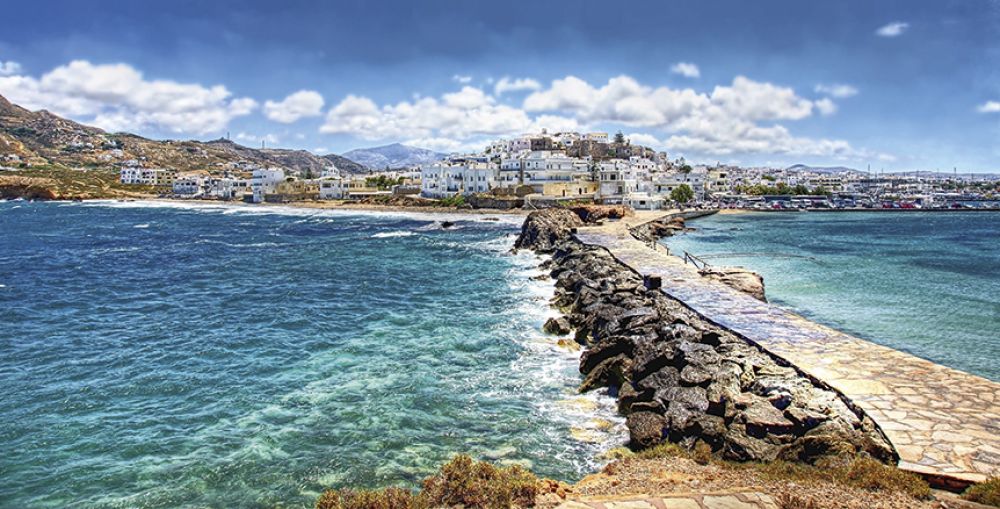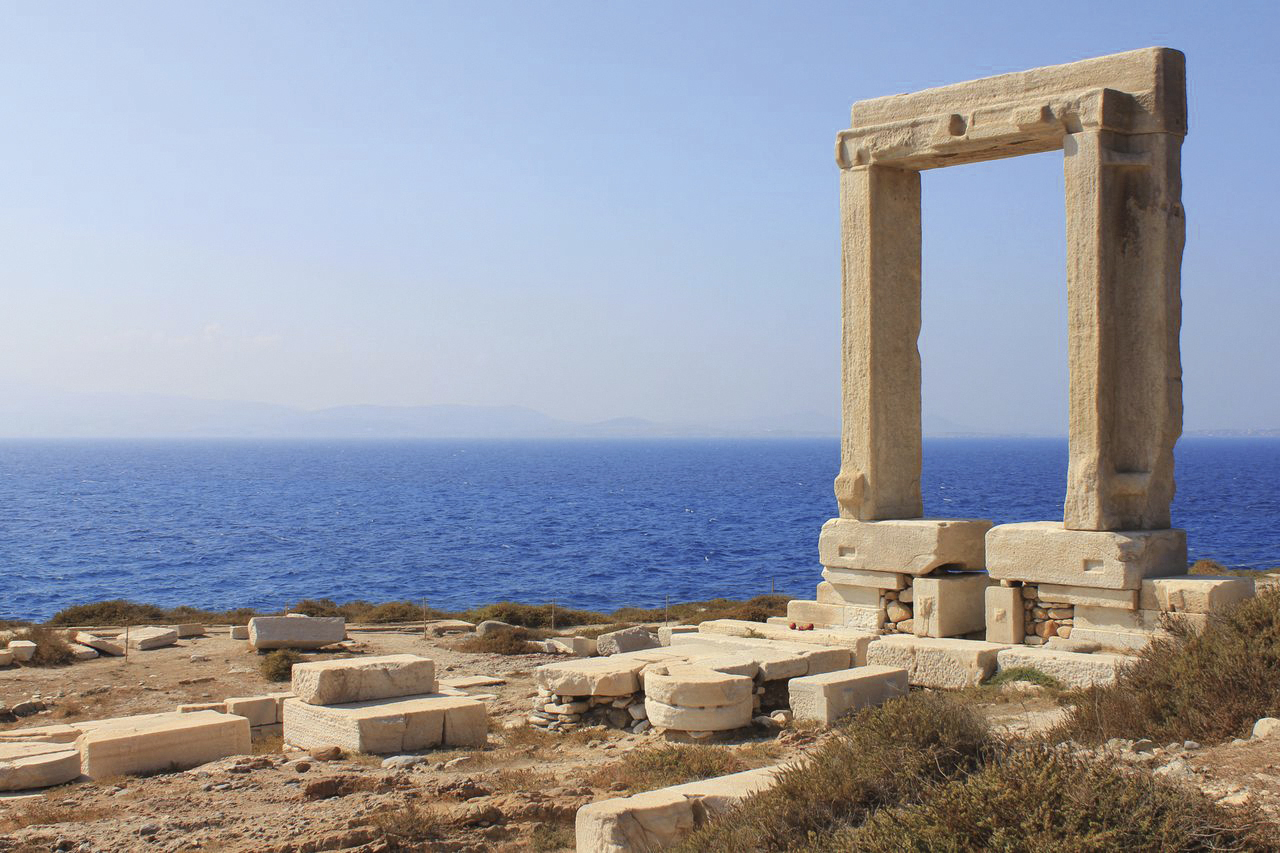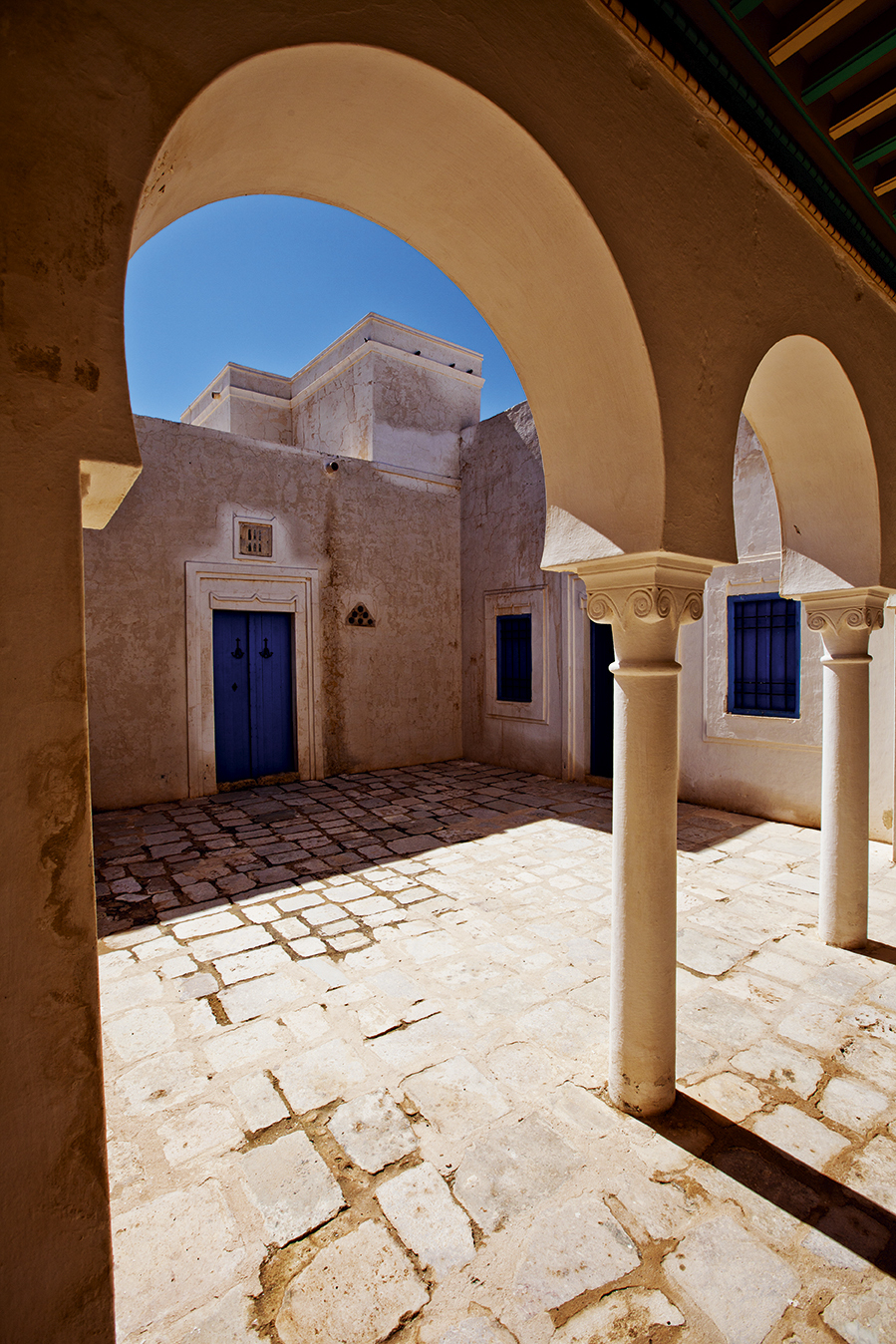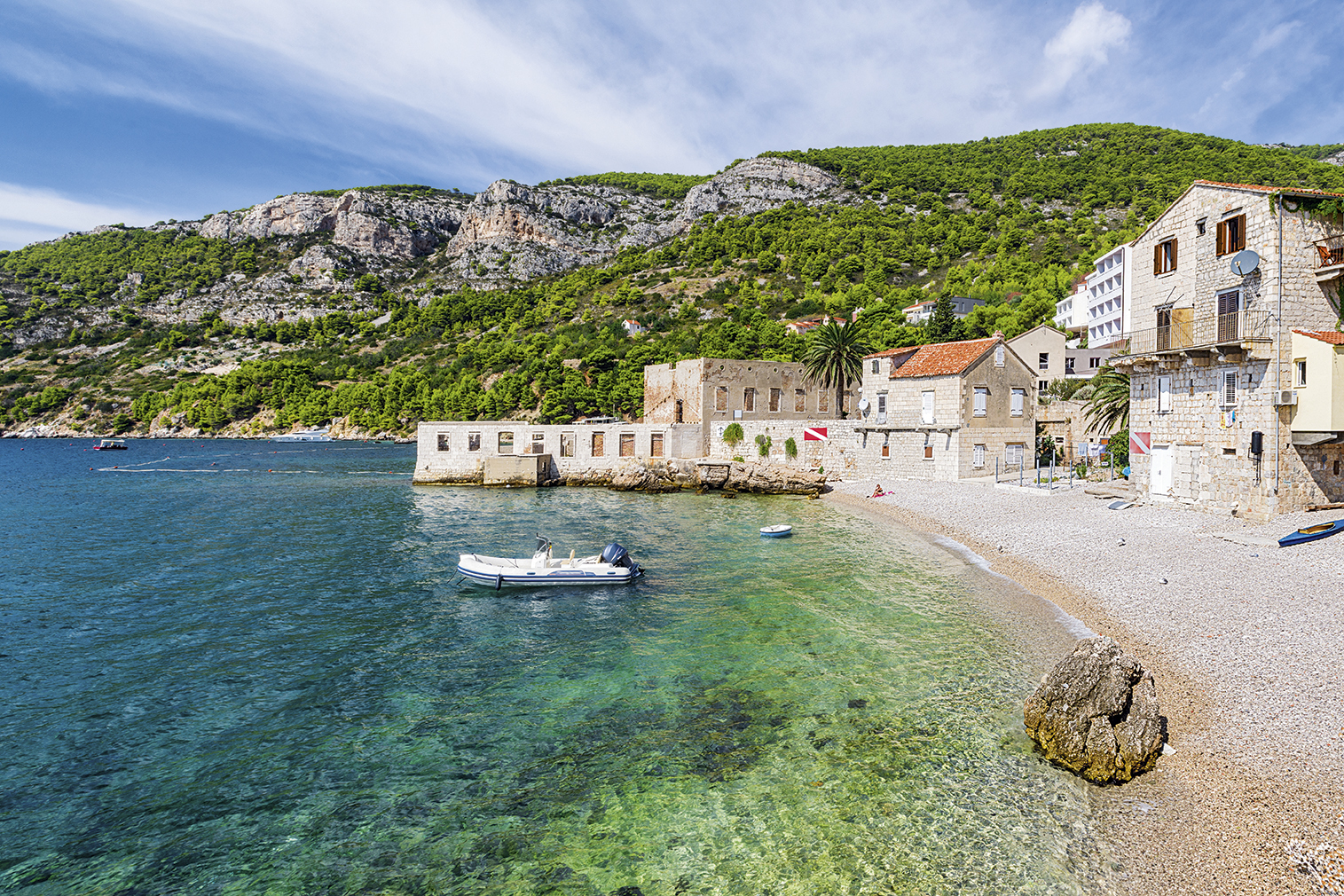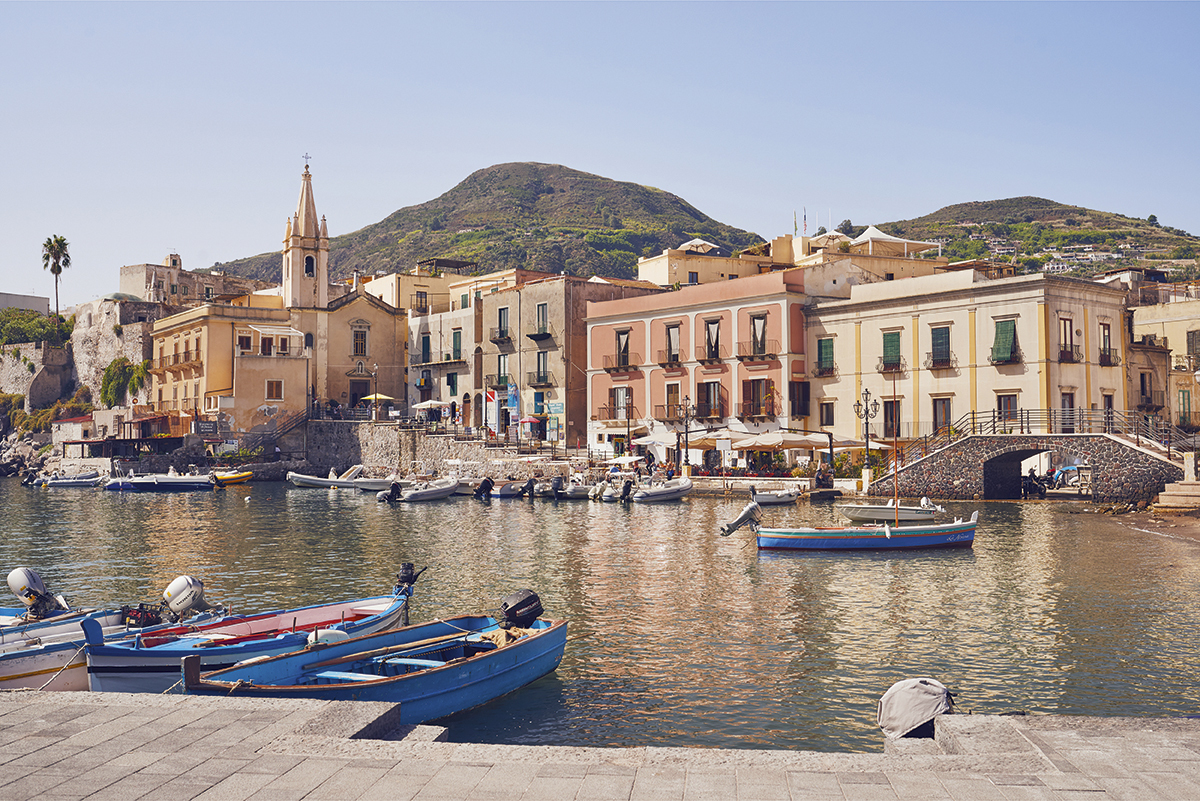Naxos Greece
This island was favoured by hedonistic Dionysus for a good reason: an abundance of produce, including an encyclopaedic range of cheeses, make this a clever deviation from other, more famed Greek destinations
For the Ancient Greek historian and geographer Herodotus, Naxos ‘surpassed all other islands in prosperity’, its lime-coloured valleys and labyrinthine old towns rippling with life. Some 2,500 years later, little has changed. The unsung island is a cornucopia of Mediterranean crops and produce, grown by warm-hearted locals among a wealth of white marble ruins. The rare cloud over the gold-and-green landscape is usually caught by Zeus. Not the deity, said to have been raised on the island, but Naxos’s highest mountain (1,003m). The soaring grey peak welcomes the rainfall that makes Naxos the Cyclades’ most self-sufficient and fertile island. Where others crisp and sear under the Grecian sun, Naxos veritably blooms.
Its most prized crop is the potato, cultivated here since the 1700s, which form the foundation of its cuisine. A surprising side-effect of potato production was dairy – in the 16th century, locals realised the tubers grew better in areas where cows grazed, leading to an increase in cattle. Now, no trip to the Aegean island is complete without tasting traditional Naxian farmhouse cheeses. Arseniko, from the mountain village of Koronos, is believed to be 1,000 years old. Its name, meaning ‘masculine’, is said to reference the strength of the flavour: a rich, piquant tang that tingles the inside of your cheeks. Naxos is also a hub for sweet, nutty Graviera, Greece’s second most popular cheese, which can be fried like halloumi. There’s creamy, sour Xinomyzithra and its aged version, xinotyri; soft, springy komos, created by fermenting leftover thylikotyri cheese in mountain herbs.
Creative local producers are constantly adding to this encyclopaedic repertoire. Within the cool stone walls of Naxos Cheese Koufopoulos in the main town, you’ll find the classics alongside dark wheels of Naxian black cheese with orange and tangerine, galatero with leek or sesame, and cheeses pressed with wine dregs.These added extras are all part of the island’s acclaimed produce: herbs, honey, olive oil and citrus, which lends itself to the lemony local spirit, kitron. Small, family-run vineyards litter the landscape, offering wonderful, little-exported wines and the occasional un-bottled tipple, which packs a heftier, honeyed punch. It’s hardly surprising that in Greek mythology Dionysus – god of winemaking, fruit and fertility – is the protector of the island.
Such abundance has meant farm-to-table restaurants aren’t a novelty but normality, serving up foraged herbs and wild staples like goat, often seen teetering their way across the sand-coloured cliffs. Firm local favourites include rooster and rabbit, lemon-roasted lamb, spit-roasted pork and, of course, cheese-topped potatoes. Dakos, a pile of tomatoes, feta and olives atop bread soaked in golden olive oil, is a shining plate of Naxian produce.
Yet while Naxos runs over with mythos and myriad flavours, it’s entirely overlooked in favour of crowd-pulling Santorini and Mykonos. Those who do visit its legend-laden shores are privy to an authentic, unmissable Greek island that bursts across your palate like one of its sweet, sun-ripened tomatoes

